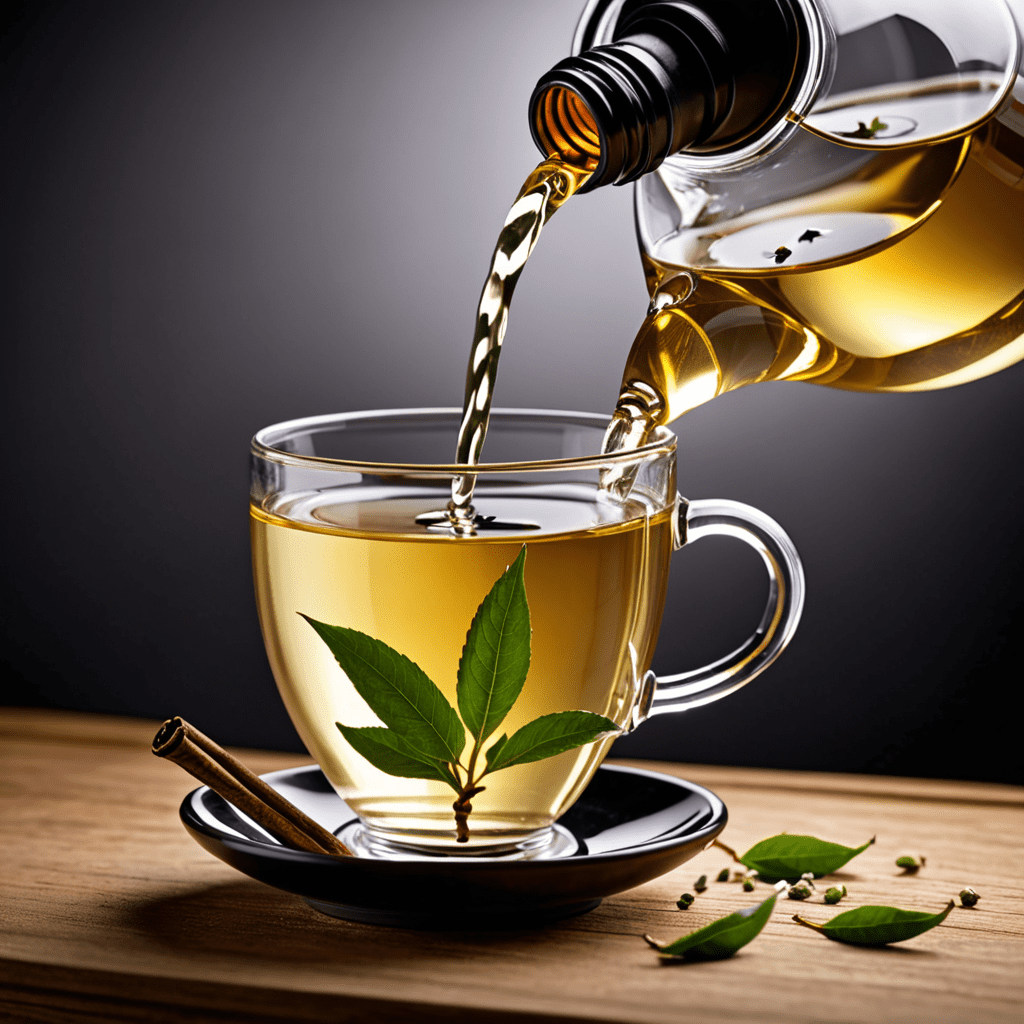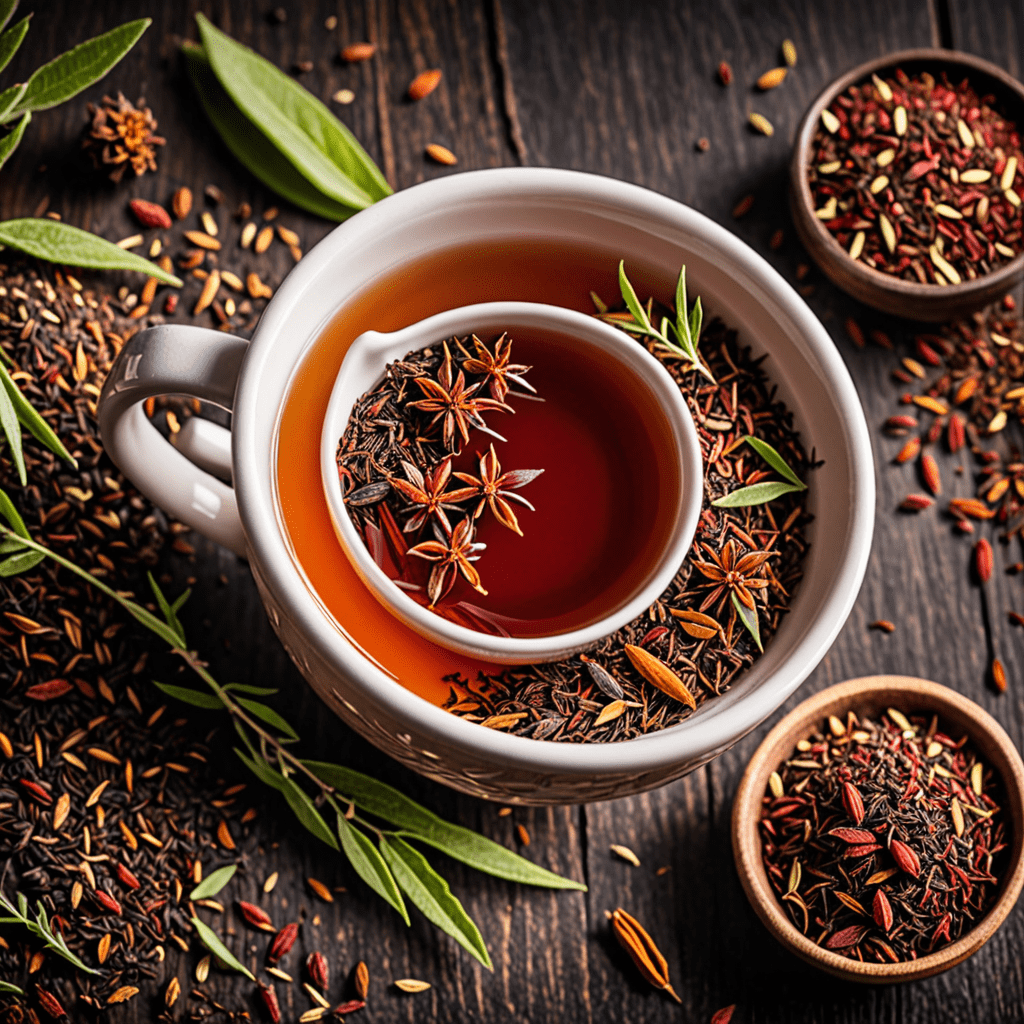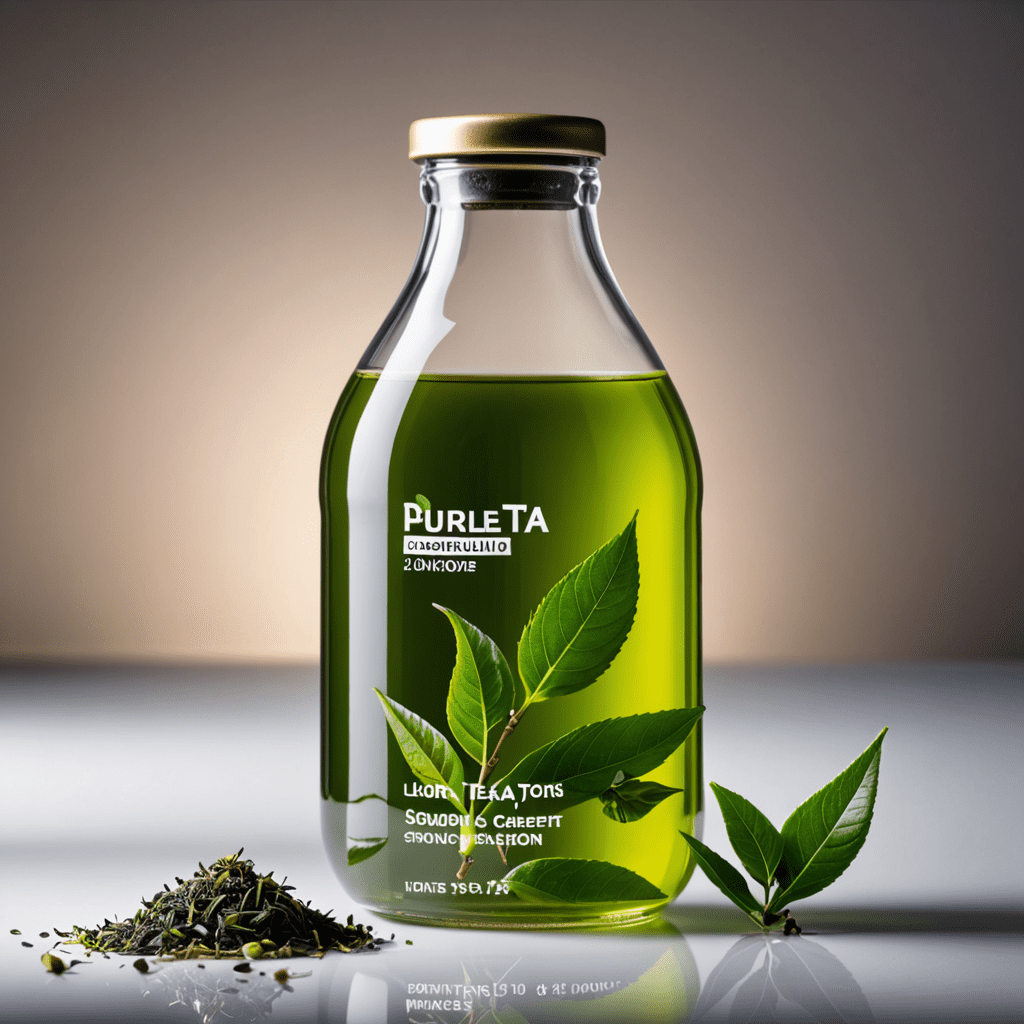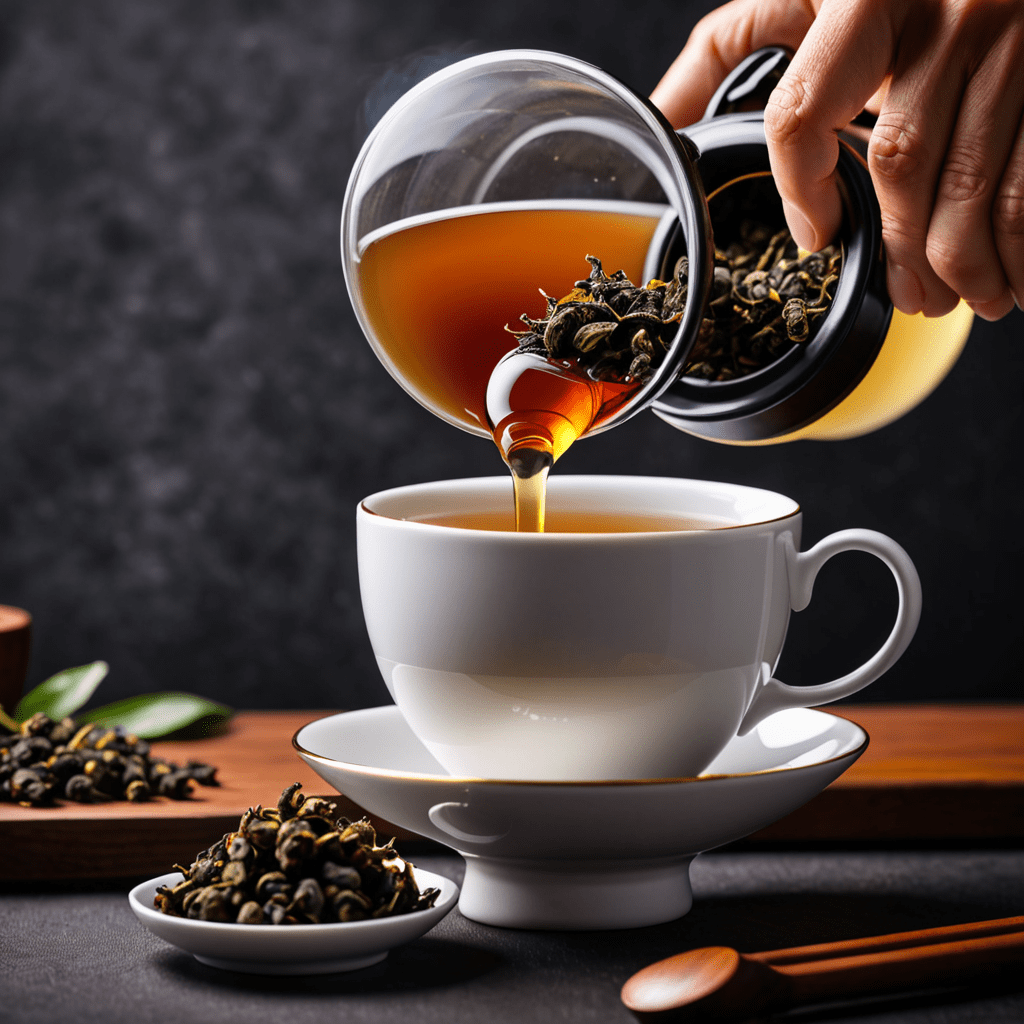White Tea: A Symphony of Fragrance and Taste
White tea is a delicate and revered variety of tea known for its subtle flavors and aromas. This article delves into the world of white tea, exploring its origins, processing methods, flavors, and potential health benefits.
The Origin of White Tea
Originating from China, white tea has a rich history dating back to the Song Dynasty (960-1279 AD). It was traditionally reserved for the emperor and was appreciated for its rarity and elegance.
Processing Methods
White tea undergoes minimal processing, often consisting of withering under natural sunlight and gentle oxidation. The leaves are handled with great care to preserve their delicate nature, resulting in a tea that encapsulates the pure essence of the tea plant.
Flavors and Aromas
White tea offers a nuanced flavor profile, characterized by subtle sweetness, floral notes, and a hint of natural freshness. Its delicate aroma is often compared to fresh flowers or even honey, providing a sensory experience like no other.
Health Benefits
Besides its delightful taste, white tea is also believed to offer a range of health benefits. Rich in antioxidants, it may contribute to skin health, heart health, and overall well-being. Many also appreciate white tea for its low caffeine content, making it a soothing choice for a relaxing moment.
Brewing and Enjoying White Tea
To savor the full experience of white tea, it’s best to use water below boiling temperature and steep the leaves for a few minutes. This gentle brewing process allows the delicate flavors to shine through, providing a truly elegant and refreshing cup of tea.
Exploring the World of White Tea
Introduce yourself to the exquisite world of white tea – a symphony of fragrance and taste that invites you to embrace its subtle charms and luxurious simplicity. Whether enjoyed hot or cold, white tea is a delightful addition to any tea enthusiast’s repertoire.
FAQs About White Tea
What is white tea?
White tea is a type of tea made from the young leaves and buds of the Camellia sinensis plant. It is minimally processed, with leaves often simply withered and dried, preserving its delicate flavor.
How is white tea different from other types of tea?
White tea is unique due to its minimal processing, resulting in a light color, delicate flavor, and subtle sweetness. It contains the least amount of caffeine among all true teas.
What are the health benefits of white tea?
White tea is rich in antioxidants, which may help combat oxidative stress and reduce the risk of chronic diseases. It also has potential anti-inflammatory and antimicrobial properties.
How should white tea be brewed?
To brew white tea, use hot (not boiling) water around 175°F to 185°F and steep the leaves for 2-4 minutes. It is best to use a glass or ceramic teapot to appreciate the delicate color and fragrance.
What does white tea taste like?
White tea offers a delicate, sweet, and floral taste with subtle hints of melon, honey, and fresh hay. It has a light and refreshing character, making it a delightful choice for tea enthusiasts.



